Katrin Hornek
testing grounds
08 Mar - 02 Jun 2024
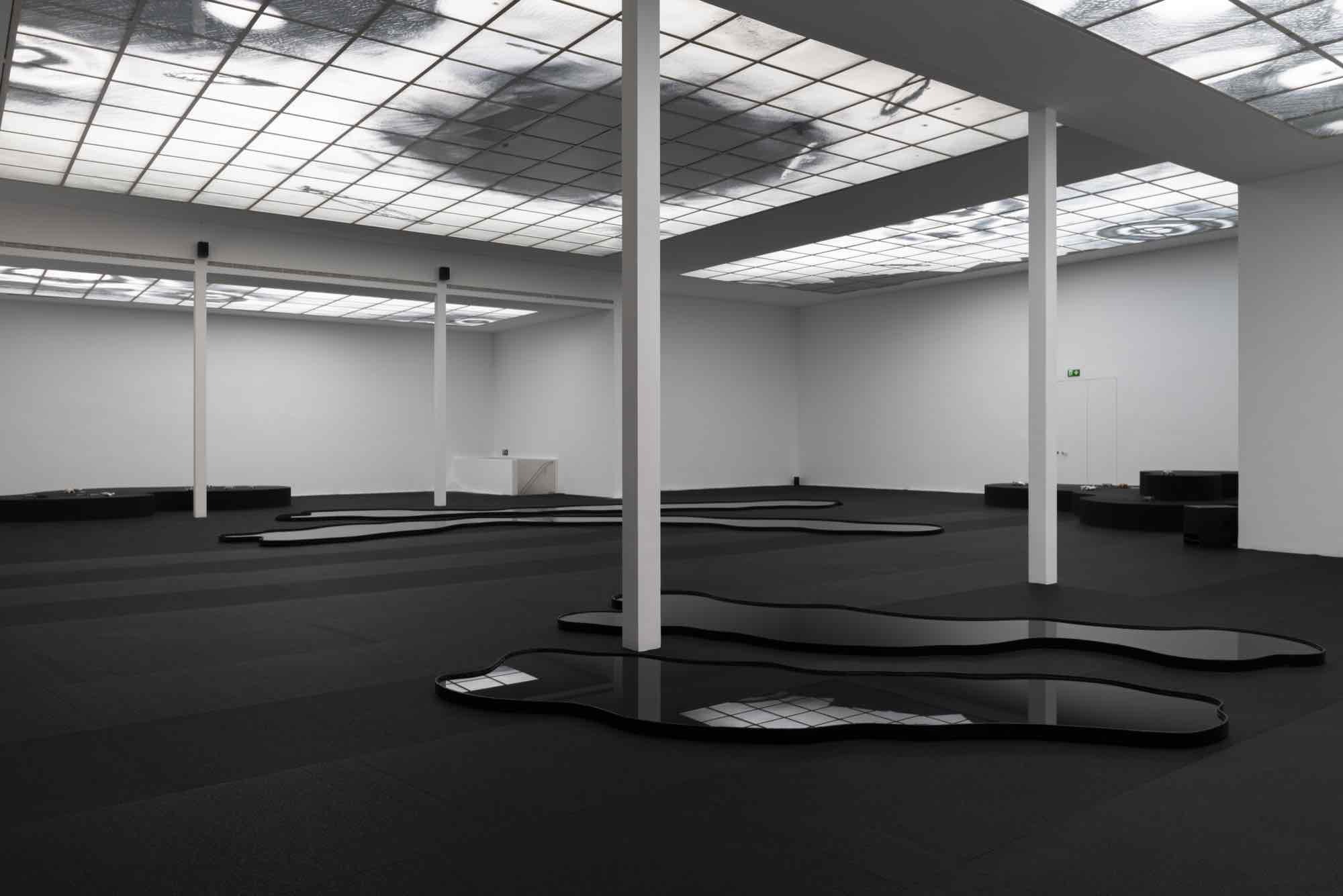
Katrin Hornek, testing grounds. In collaboration with Karin Pauer, Sabina Holzer, and Zosia Hołubowska, installation view, Secession 2024, photo: Sophie Pölzl
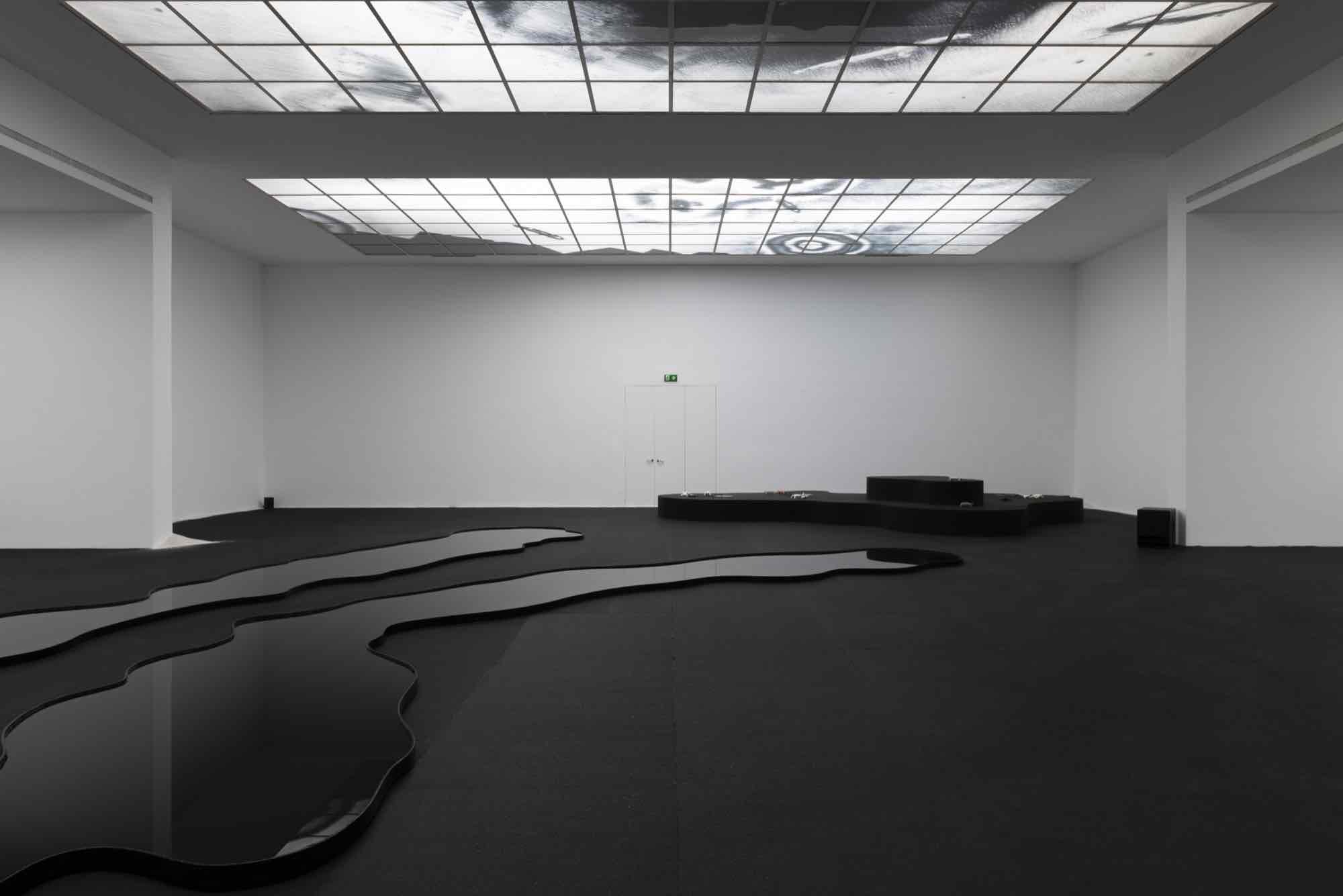
Katrin Hornek, testing grounds. In collaboration with Karin Pauer, Sabina Holzer, and Zosia Hołubowska, installation view, Secession 2024, photo: Sophie Pölzl
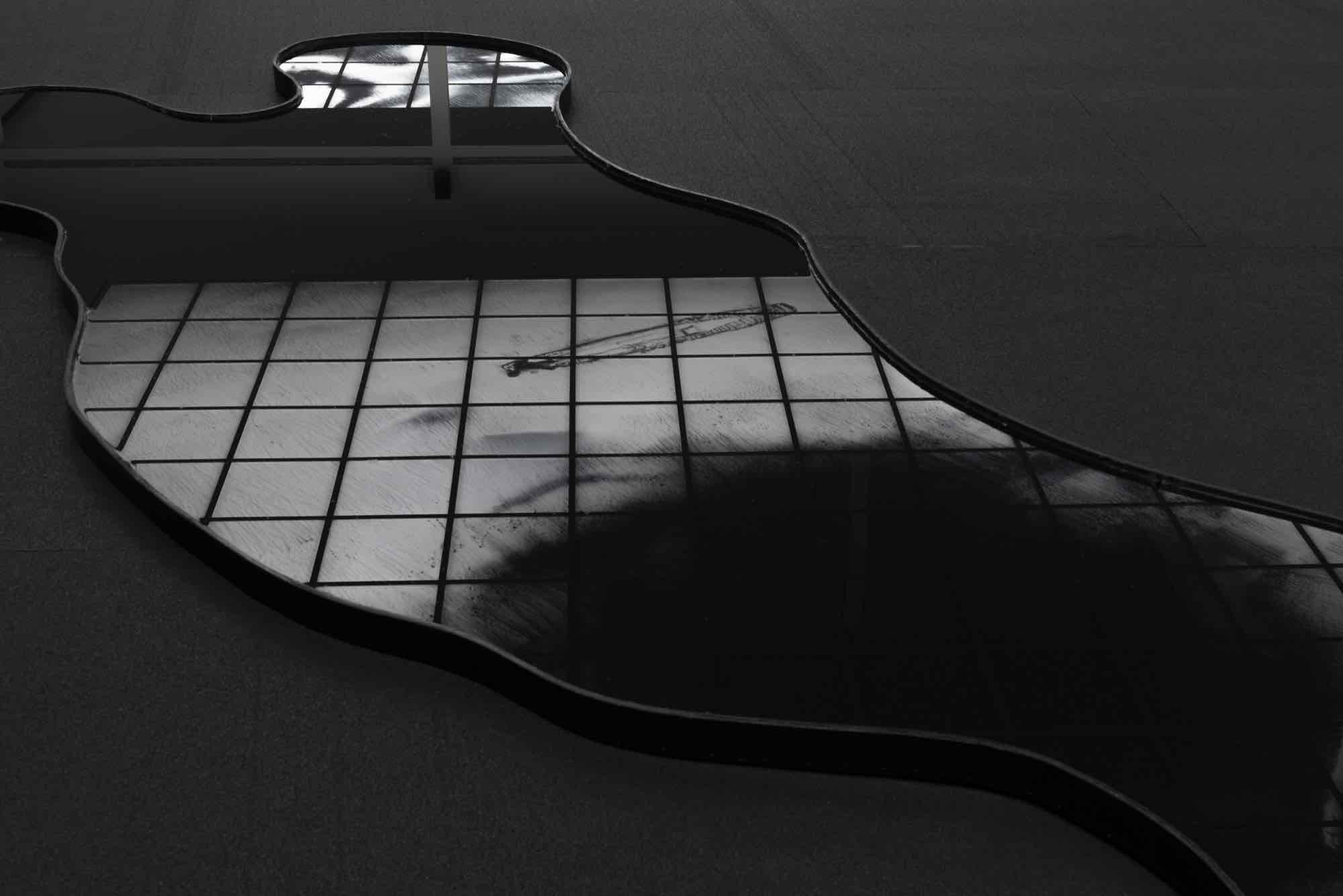
Katrin Hornek, testing grounds. In collaboration with Karin Pauer, Sabina Holzer, and Zosia Hołubowska, installation view, Secession 2024, photo: Sophie Pölzl
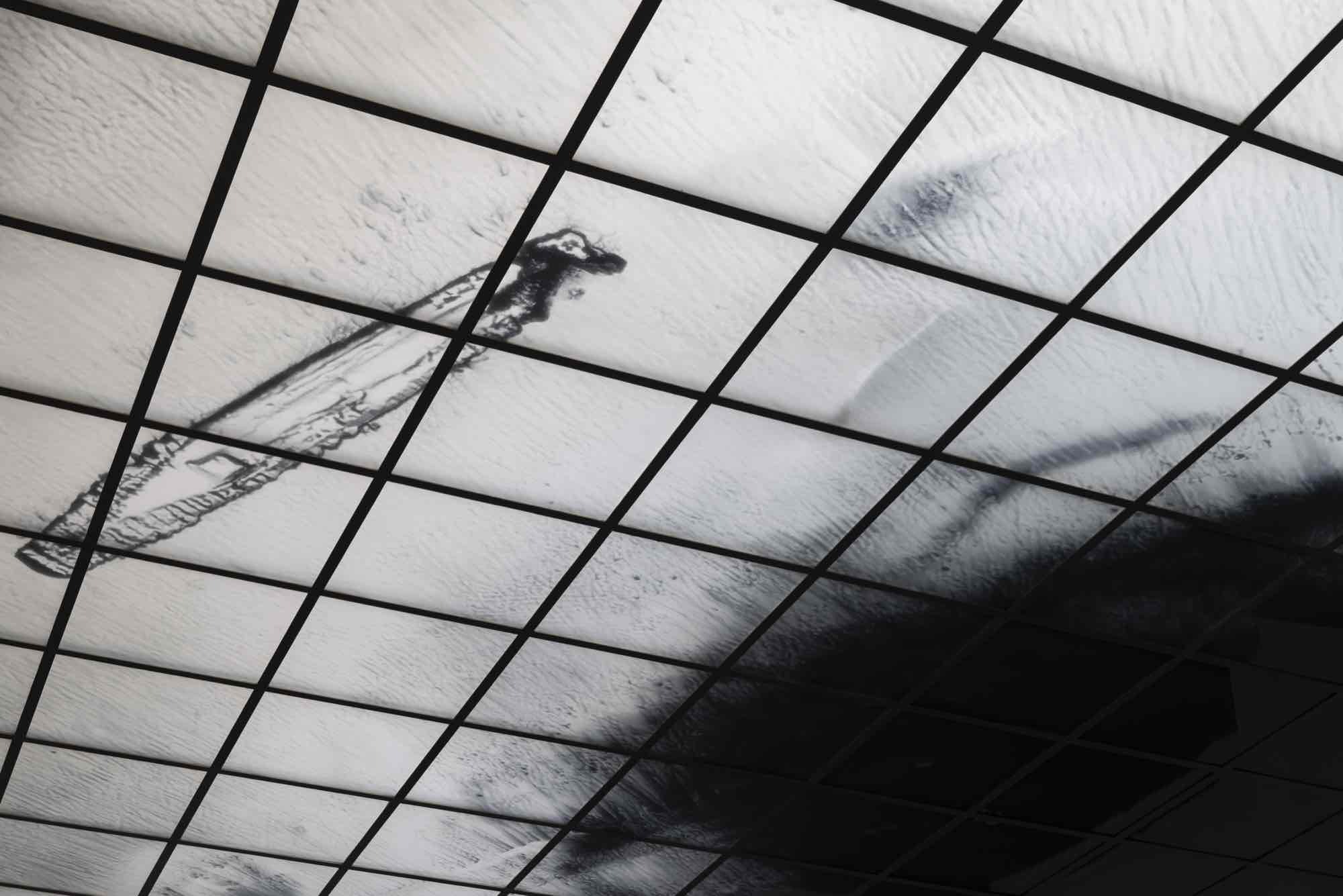
Katrin Hornek, testing grounds. In collaboration with Karin Pauer, Sabina Holzer, and Zosia Hołubowska, installation view, Secession 2024, photo: Sophie Pölzl
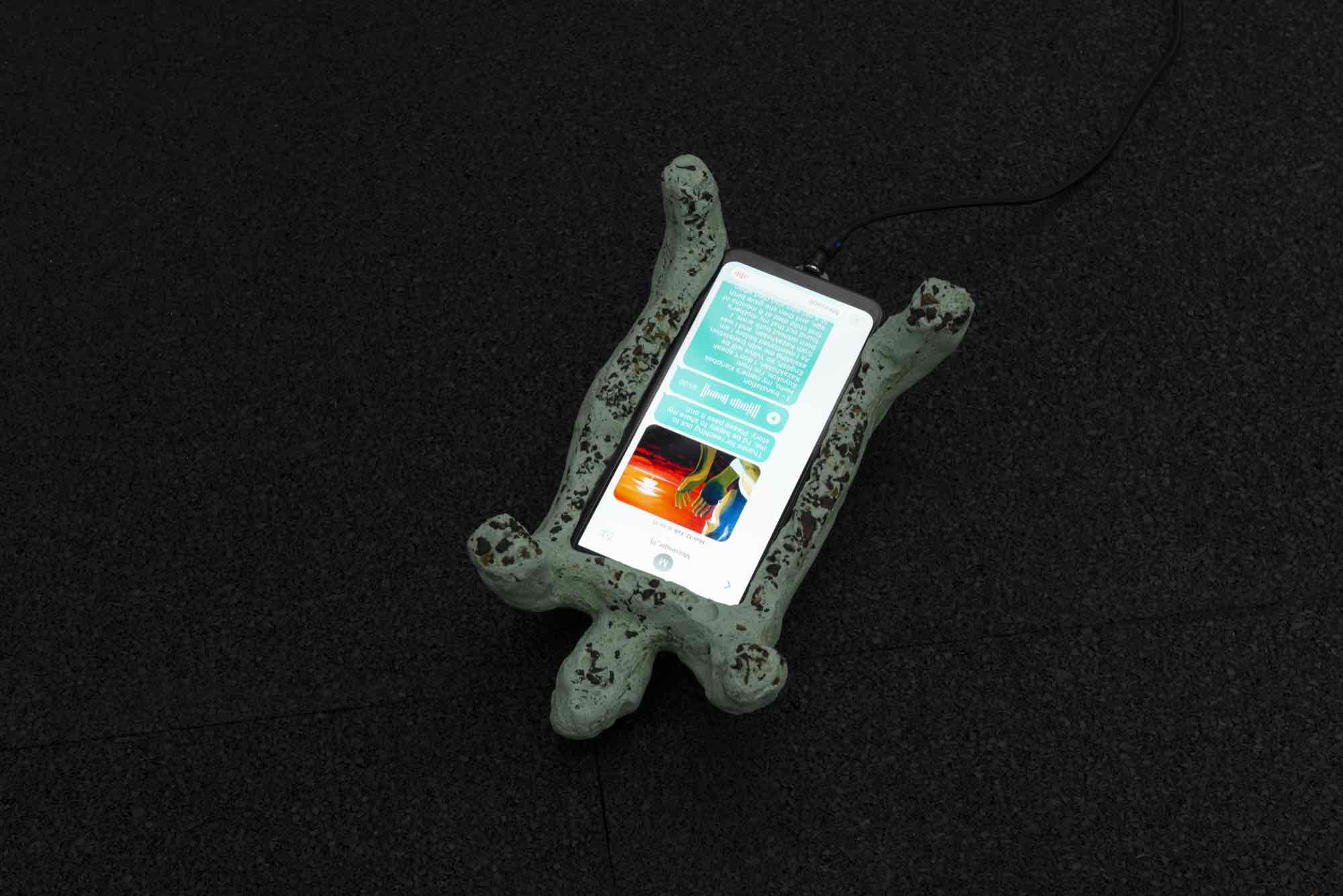
Katrin Hornek, testing grounds. In collaboration with Karin Pauer, Sabina Holzer, and Zosia Hołubowska, installation view, Secession 2024, photo: Sophie Pölzl
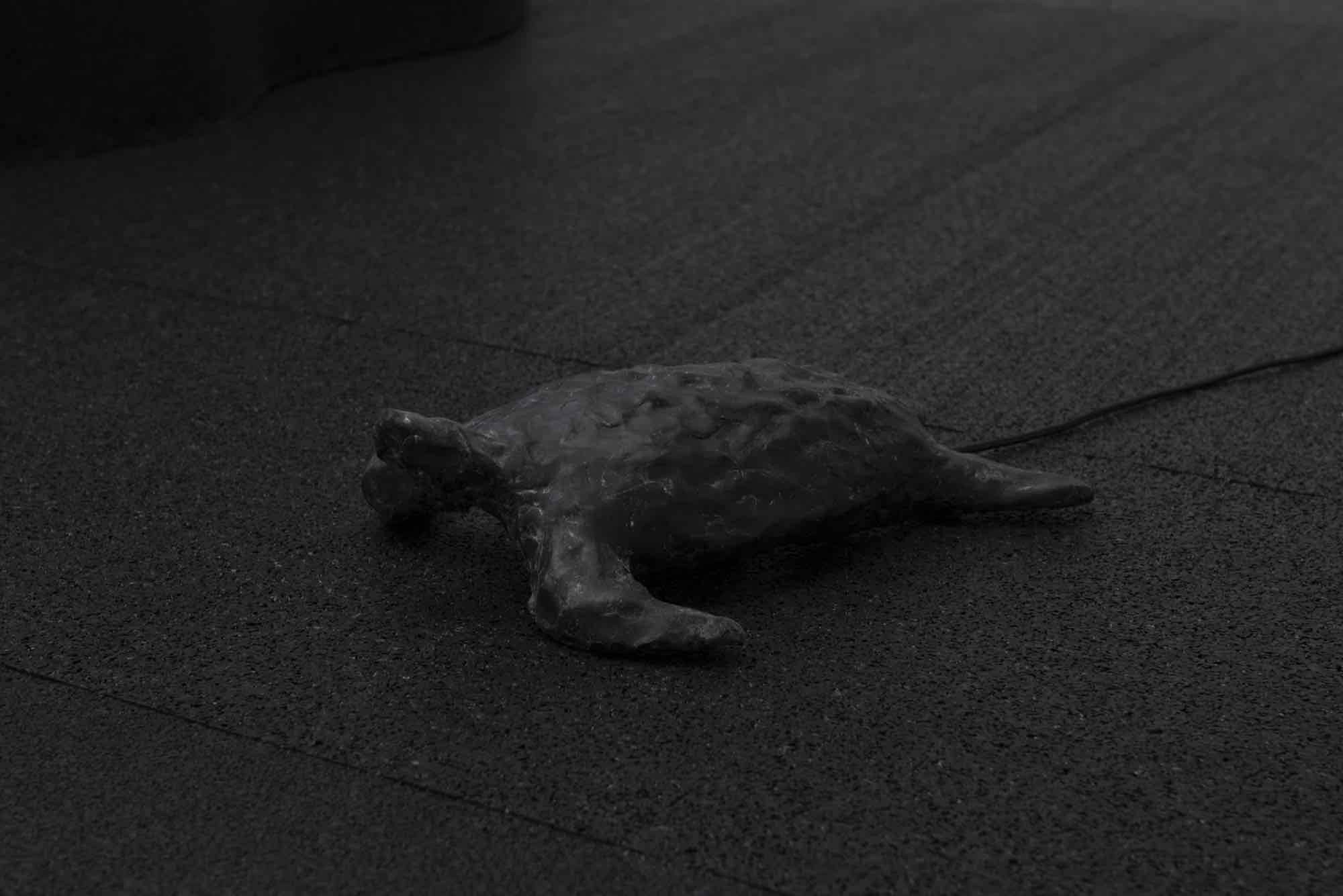
Katrin Hornek, testing grounds. In collaboration with Karin Pauer, Sabina Holzer, and Zosia Hołubowska, installation view, Secession 2024, photo: Sophie Pölzl
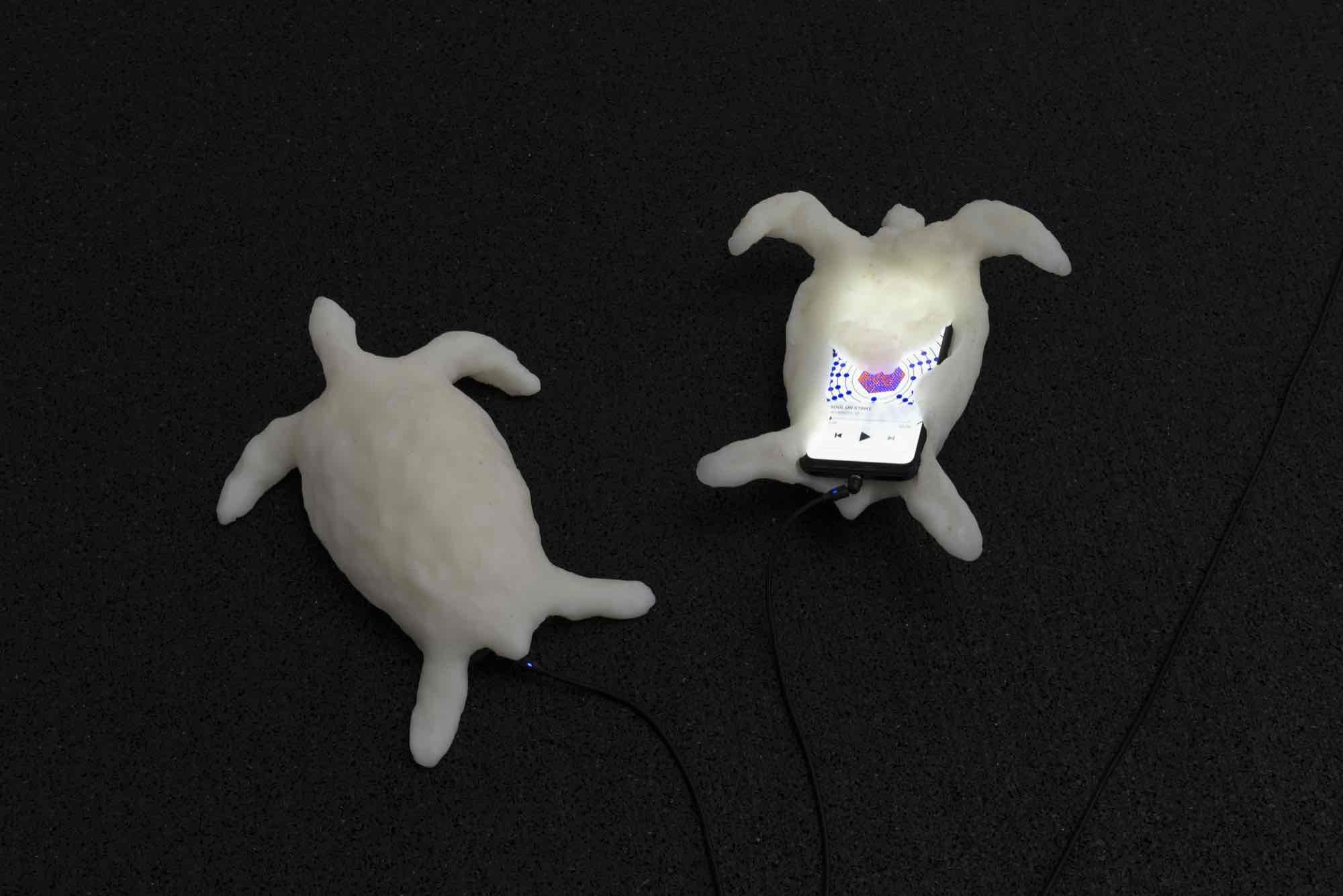
Katrin Hornek, testing grounds. In collaboration with Karin Pauer, Sabina Holzer, and Zosia Hołubowska, installation view, Secession 2024, photo: Sophie Pölzl
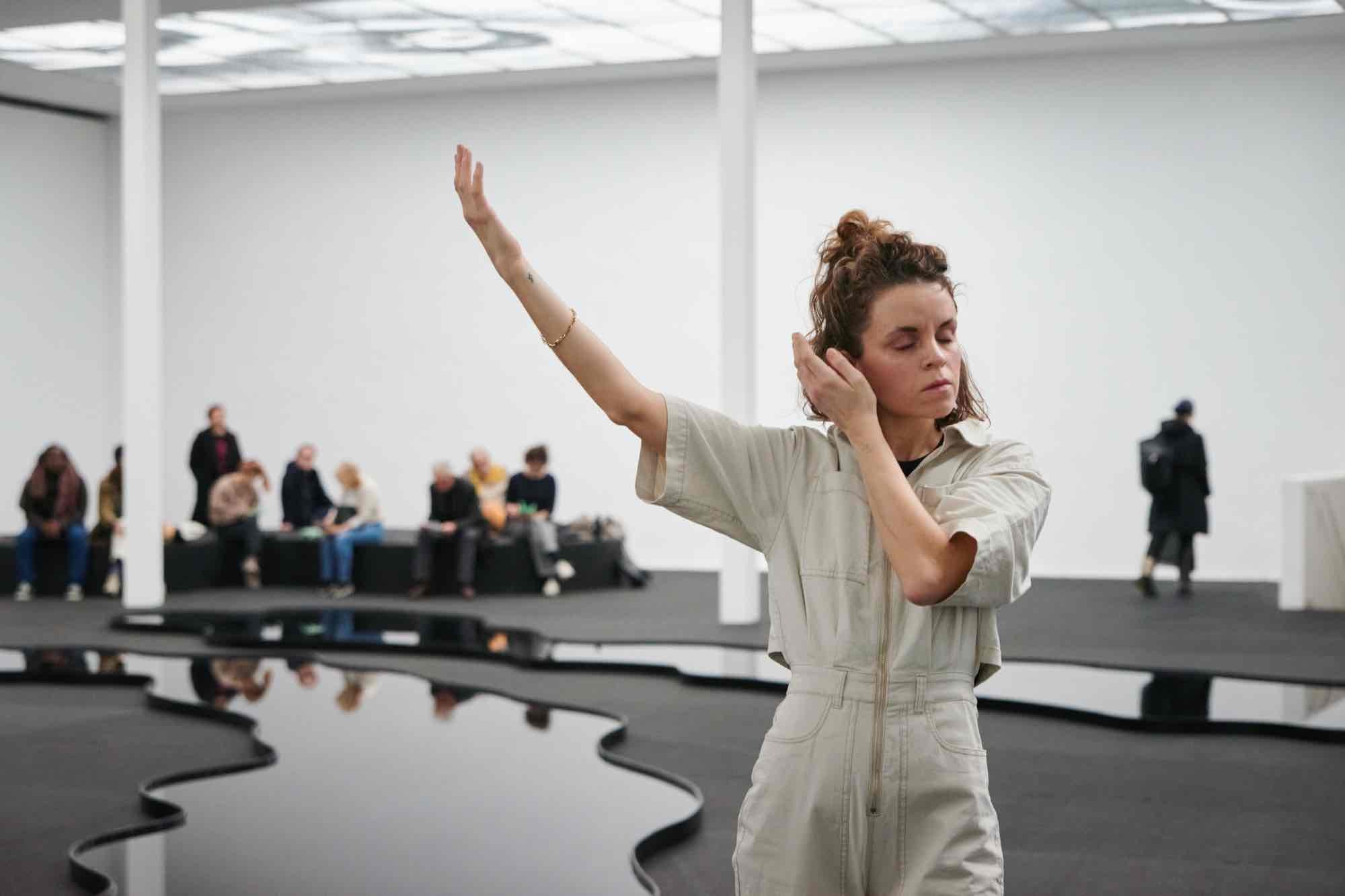
testing grounds, Performance with Cat Jimenez, Karin Pauer (in the picture), Mani Obeya, Martina De Dominicis, exhibition by Katrin Hornek, Secession 2024, photo: Eva Würdinger
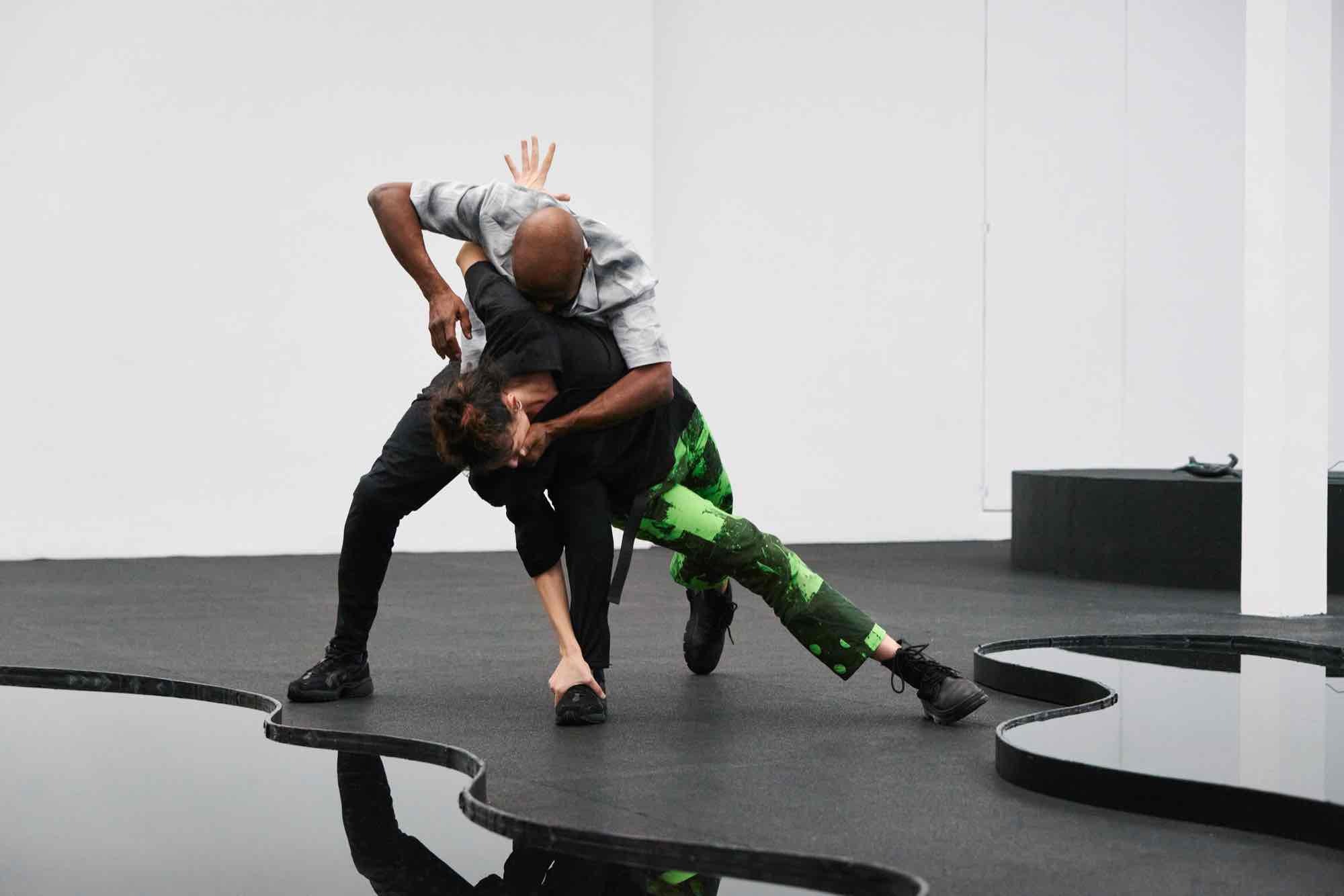
testing grounds, Performance with Cat Jimenez, Karin Pauer, Mani Obeya (in the picture), Martina De Dominicis (in the picture), exhibition by Katrin Hornek, Secession 2024, photo: Eva Würdinger
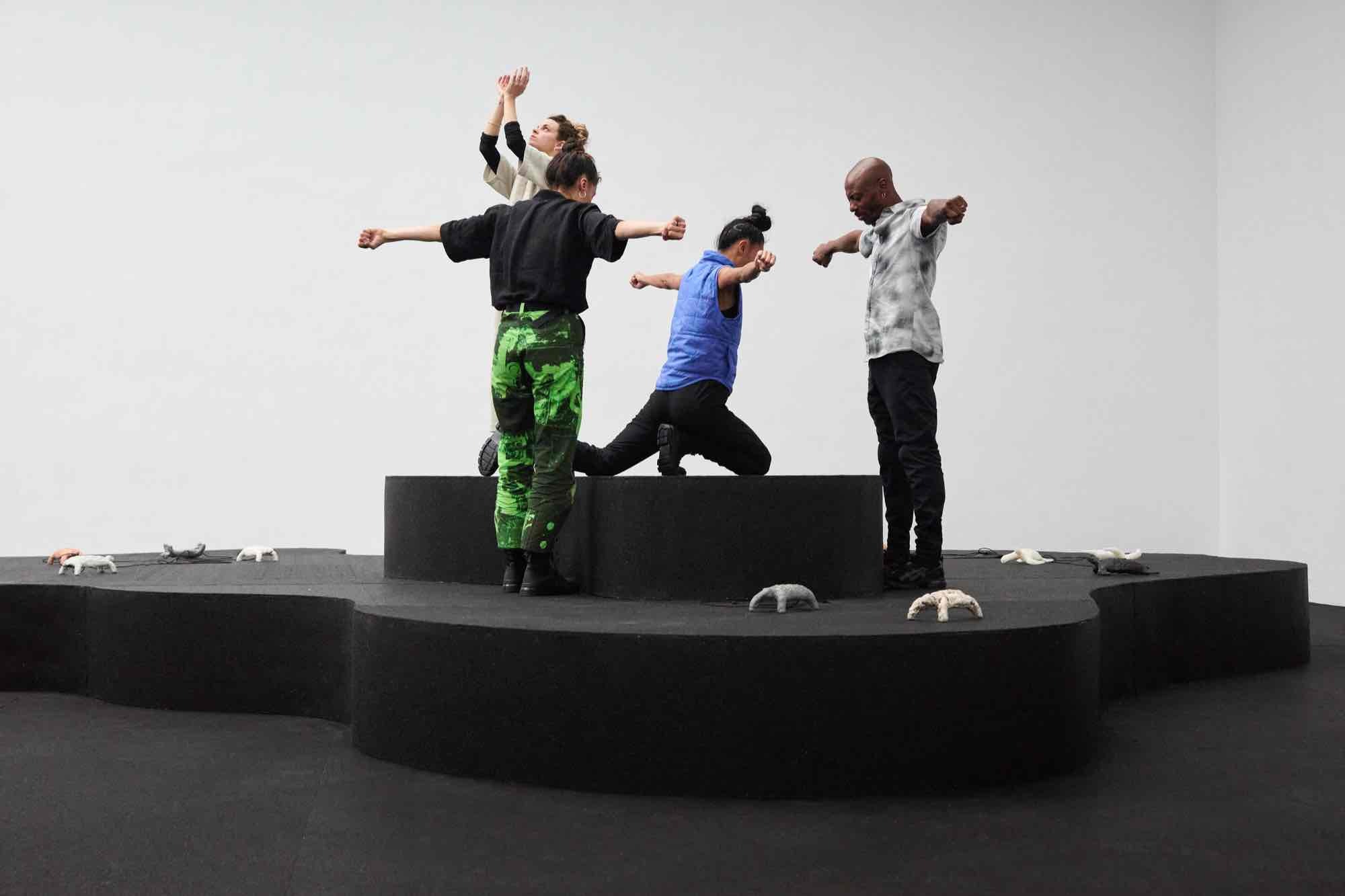
testing grounds, Performance with Cat Jimenez (in the picture), Karin Pauer (in the picture), Mani Obeya (in the picture), Martina De Dominicis (in the picture), exhibition by Katrin Hornek, Secession 2024, photo: Eva Würdinger
In collaboration with Karin Pauer, Sabina Holzer, and Zosia Hołubowska
With her artistic oeuvre and curatorial practice, Katrin Hornek playfully engages with the strange paradoxes of living in the age of the Anthropocene, that is, the new geologic epoch where the effects of capitalism, colonialism, and extractivism are written into the body of the earth. She asserts a more complex understanding of the entwinement of so-called nature and culture that recognizes that our bodies and cultures are substantially and spiritually connected with other creatures and the elements that make up our world. As an artistic strategy, Hornek follows the stories and traces of the material world into their countless networks to create narratives.
testing grounds is a new, immersive live installation conceived by Katrin Hornek and developed in a collaborative process involving artists as well as researchers and scientists from different fields. The collaboration with Karin Pauer, Sabina Holzer, and Zosia Hołubowska lays a foundation for the work, which addresses a sensitive urgent matter: At stake is the measurable evidence of radioactive radiation around the world as a result of the testing and use of nuclear weapons in hundreds of above-ground tests since 1945. A local soil sample at Karlsplatz, in which minimal amounts of plutonium could be detected, as its starting point, testing grounds follows the permanent imprints left by nuclear fallout in our bodies, in plants and earth archives.
Embedded in an installation that evokes images of decaying landscapes, twice a week three dancers perform a score choreographed by Pauer. A recent scan of the “Baker” crater on the seabed of the former US nuclear bomb test site in Bikini Atoll spreads across the ceiling. On handheld devices shaped like turtles and tortoises, so-called "messengers", texts created by Sabina Holzer and Katrin Hornek provide multi-layered narratives on the subject matter, which enter a subtle, intimate dialogue with specially composed soundscapes by Zosia Hołubowska, while with their movements, the dancers delve into the depths of body archives. Together, the elements of the live installation create a sensual, immersive experience, a test set-up of the embodiment of the unspeakable.
The exhibition is accompanied by a publication with an image spread compiled by Katrin Hornek and text contributions by Anne Faucheret and Brian Holmes.
With her artistic oeuvre and curatorial practice, Katrin Hornek playfully engages with the strange paradoxes of living in the age of the Anthropocene, that is, the new geologic epoch where the effects of capitalism, colonialism, and extractivism are written into the body of the earth. She asserts a more complex understanding of the entwinement of so-called nature and culture that recognizes that our bodies and cultures are substantially and spiritually connected with other creatures and the elements that make up our world. As an artistic strategy, Hornek follows the stories and traces of the material world into their countless networks to create narratives.
testing grounds is a new, immersive live installation conceived by Katrin Hornek and developed in a collaborative process involving artists as well as researchers and scientists from different fields. The collaboration with Karin Pauer, Sabina Holzer, and Zosia Hołubowska lays a foundation for the work, which addresses a sensitive urgent matter: At stake is the measurable evidence of radioactive radiation around the world as a result of the testing and use of nuclear weapons in hundreds of above-ground tests since 1945. A local soil sample at Karlsplatz, in which minimal amounts of plutonium could be detected, as its starting point, testing grounds follows the permanent imprints left by nuclear fallout in our bodies, in plants and earth archives.
Embedded in an installation that evokes images of decaying landscapes, twice a week three dancers perform a score choreographed by Pauer. A recent scan of the “Baker” crater on the seabed of the former US nuclear bomb test site in Bikini Atoll spreads across the ceiling. On handheld devices shaped like turtles and tortoises, so-called "messengers", texts created by Sabina Holzer and Katrin Hornek provide multi-layered narratives on the subject matter, which enter a subtle, intimate dialogue with specially composed soundscapes by Zosia Hołubowska, while with their movements, the dancers delve into the depths of body archives. Together, the elements of the live installation create a sensual, immersive experience, a test set-up of the embodiment of the unspeakable.
The exhibition is accompanied by a publication with an image spread compiled by Katrin Hornek and text contributions by Anne Faucheret and Brian Holmes.
